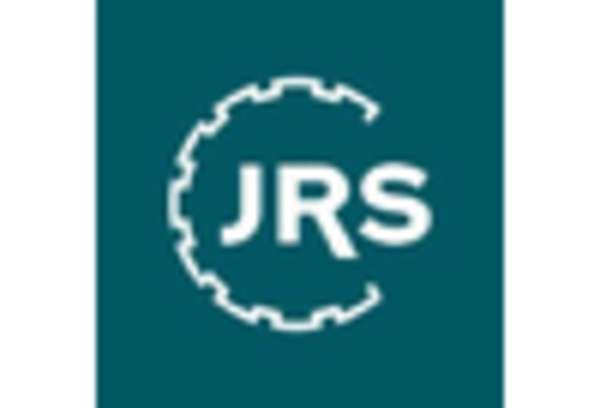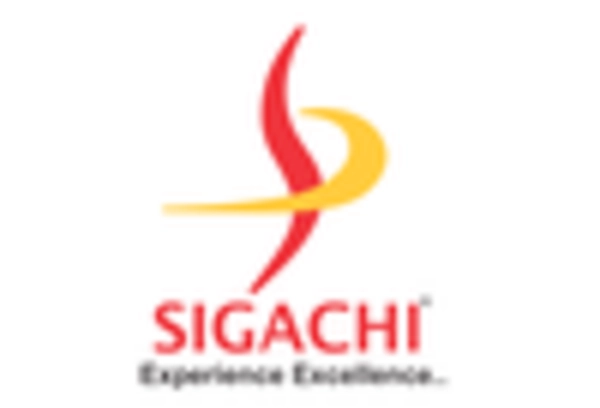Rising Demand in Nutraceuticals
The Microcrystalline Cellulose Market is benefiting from the rising demand for nutraceuticals, which are products derived from food sources with health benefits. As consumers become more health-conscious, the need for effective delivery systems for vitamins, minerals, and herbal supplements has increased. Microcrystalline cellulose serves as an ideal excipient in tablet formulations, providing necessary binding and disintegration properties. Market data indicates that the nutraceutical segment is projected to witness robust growth, driven by the increasing prevalence of lifestyle-related diseases and the growing trend of preventive healthcare. This trend is likely to propel the demand for microcrystalline cellulose as a key ingredient in the formulation of dietary supplements.
Growth in Personal Care Products
The Microcrystalline Cellulose Market is witnessing growth fueled by its incorporation in personal care products. This ingredient is valued for its ability to enhance the texture and stability of formulations, making it a preferred choice among manufacturers. The increasing consumer awareness regarding product ingredients has led to a shift towards formulations that are perceived as safer and more effective. Market data suggests that the personal care segment is expected to grow significantly, as brands increasingly adopt microcrystalline cellulose to meet consumer demands for transparency and quality. Additionally, the multifunctional properties of microcrystalline cellulose, such as its ability to act as a bulking agent and emulsifier, further bolster its appeal in this sector.
Sustainability Trends in Manufacturing
The Microcrystalline Cellulose Market is influenced by the growing emphasis on sustainability in manufacturing processes. As industries strive to reduce their environmental footprint, the demand for biodegradable and renewable materials is on the rise. Microcrystalline cellulose, derived from plant sources, aligns with these sustainability goals, making it an attractive option for manufacturers. Market data indicates that companies are increasingly investing in sustainable practices, which is likely to enhance the demand for microcrystalline cellulose across various sectors. This trend not only supports environmental initiatives but also appeals to consumers who are increasingly prioritizing eco-friendly products in their purchasing decisions.
Increasing Application in Food Industry
The Microcrystalline Cellulose Market is experiencing a notable surge in demand due to its extensive application in the food sector. This compound serves as a stabilizer, thickener, and anti-caking agent, enhancing the texture and quality of various food products. As consumers increasingly seek healthier and more natural food options, the incorporation of microcrystalline cellulose aligns with these preferences. The market data indicates that the food segment is projected to account for a substantial share of the overall market, driven by the rising trend of clean label products. Furthermore, the versatility of microcrystalline cellulose allows it to be utilized in a wide range of food items, from dairy to baked goods, thereby expanding its market reach.
Expansion in Pharmaceutical Applications
The Microcrystalline Cellulose Market is poised for expansion, particularly within the pharmaceutical sector. This compound is widely utilized as a binder and filler in tablet formulations, ensuring optimal drug delivery and stability. The increasing prevalence of chronic diseases and the subsequent rise in pharmaceutical production are contributing to the heightened demand for microcrystalline cellulose. Market data suggests that the pharmaceutical segment is expected to grow steadily, driven by innovations in drug formulation and the need for more efficient manufacturing processes. Furthermore, the regulatory landscape is becoming increasingly favorable, encouraging the adoption of microcrystalline cellulose in various pharmaceutical applications.


















Leave a Comment